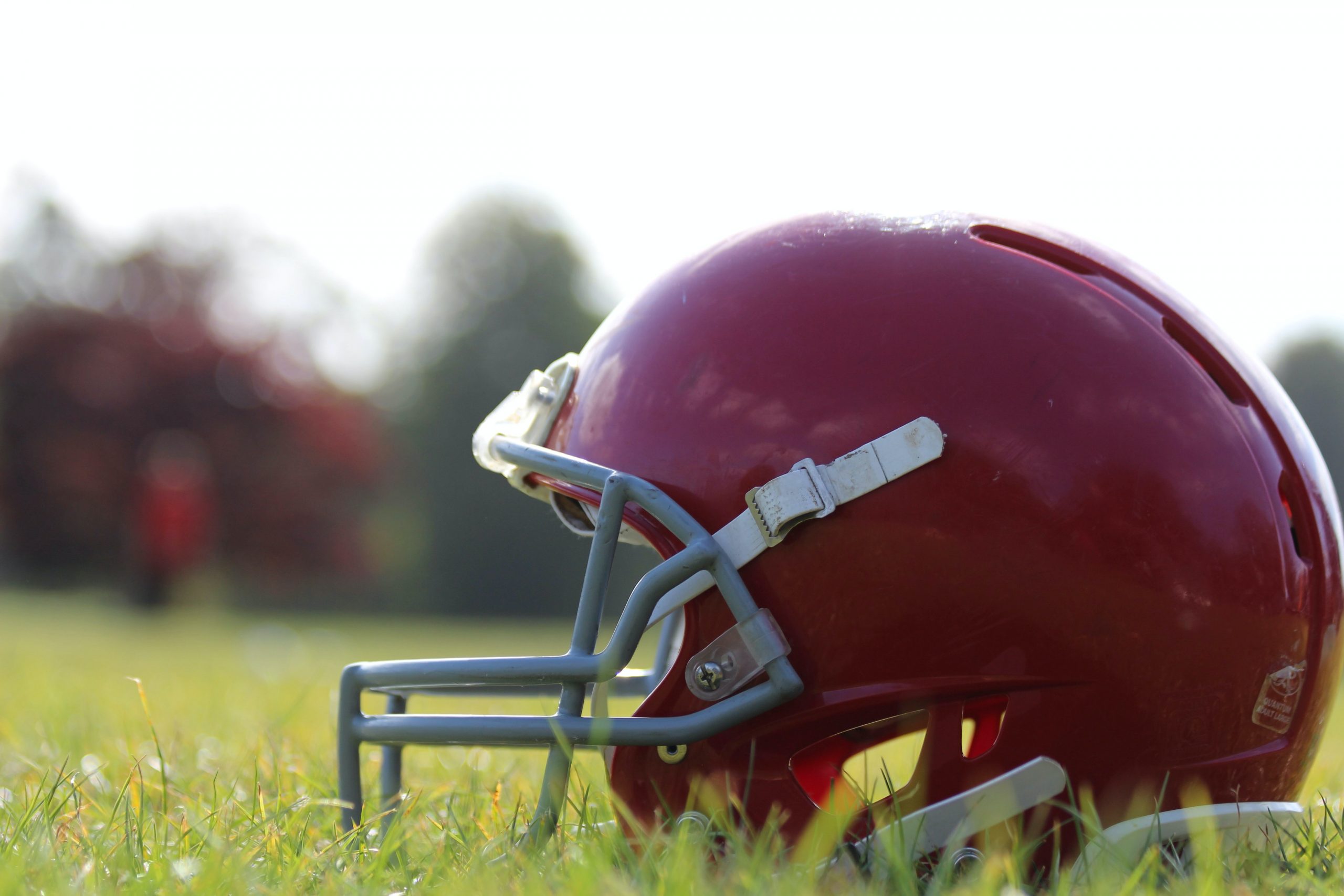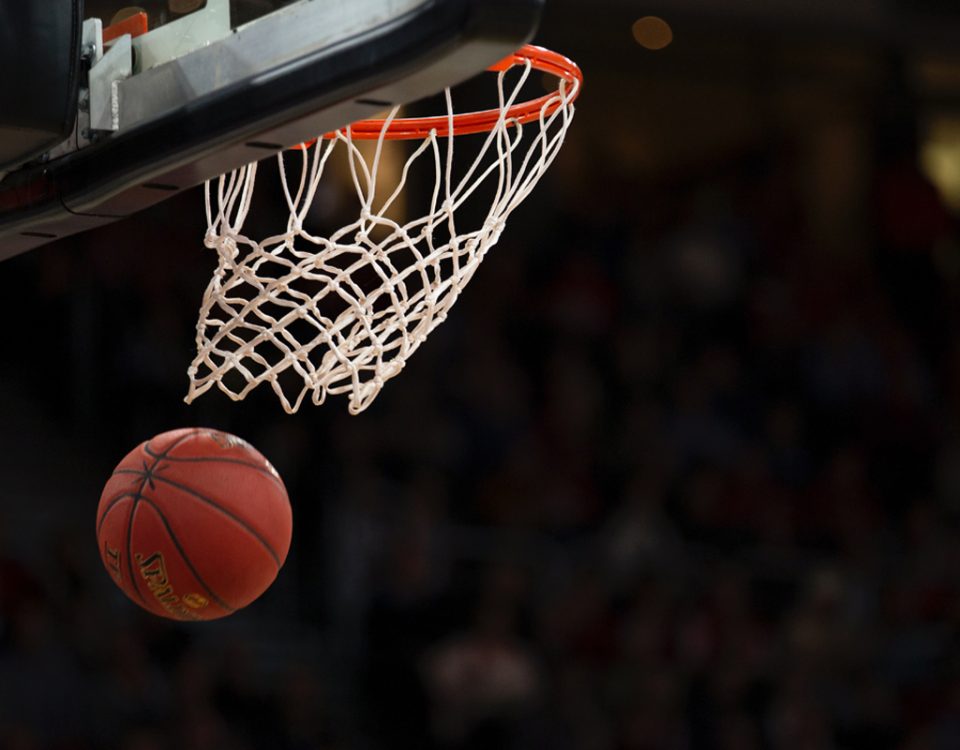
The NCAA Committee on Infractions Has Spoken: University of Notre Dame
January 25, 2021Williamson v. Prime Sports Marketing, LLC: Motion to Dismiss Granted
January 29, 2021James Gatto, Merl Code, and Christian Dawkins (“Defendants”) were convicted of engaging in a scheme to defraud three (3) universities by paying tens of thousands of dollars to the families of high school basketball players to induce them to attend the Universities, which were sponsored by Adidas and to cover up the payments so that the recruits could certify to the Universities that they had complied with rules of the National Collegiate Athletic Association (the “NCAA”) barring student-athletes and recruits from being paid. At trial, Defendants admitted that they engaged in the scheme and broke NCAA rules, but argued that what they did was not criminal. On appeal, Defendants contend that the government failed to prove that they intended to defraud the Universities, North Carolina State University (“N.C. State”), the University of Kansas (“Kansas”), and the University of Louisville (“Louisville”) (collectively, the “Universities”), and that their intent instead was to help the Universities by bringing them top recruits to ensure winning basketball programs. They contend that, “in the real world, . . . universities engage in an all-out arms race to recruit the best talent, motivated by the tens of millions of dollars that can be earned each year by a successful men’s basketball program,” and that they “broke NCAA rules out of a genuine desire to see the Universities’ basketball teams succeed.” They argued that “under-the-table payments” to student-athletes are widespread in college sports, and many college coaches are aware of and endorse the practice.
The Second Circuit was tasked with determining whether the government proved beyond a reasonable doubt that Defendants knowingly and intentionally engaged in a scheme, through the use of wires, to defraud the Universities of property (i.e., financial aid that they could have given to other students). Ultimately, the Second Circuit concluded that the government did prove its case beyond a reasonable doubt and affirmed the decision of the District Court.
The most interesting legal aspect of the case was the Second Circuit’s analysis and how it distinguished United States v. Walters. The United States v. Walters was a case decided by the Seventh Circuit in 1993 where the court concluded “[l]osses that occur as byproducts of a deceitful scheme do not satisfy the statutory requirement” for property fraud. Norby Walters was an aspiring sports agent who gave NCAA student-athletes cars and money with the hope that they would retain him as their agent when they turned professional. This, of course, violated the NCAA’s amateurism rules. The Seventh Circuit noted that because “[t]he athletes’ pro prospects depended on successful completion of their collegiate careers,” it could “assume that Walters knew that the universities would ask [the] athletes to verify that they were eligible to compete as amateurs” and Walters “promised to lie to the universities” about the payments if asked.
The Seventh Circuit acknowledged that the case was close: “Everything . . . turns on matters of degree. Did the schemers foresee that the mails would be used? Did the mailing advance the success of the scheme? Which parts of a scheme are ‘essential’? Such questions lack obviously right answers.” Ultimately, the Seventh Circuit found that Walters did not “conceive[] a scheme in which mailings played a role.” In other words, Walters did not satisfy a critical element of the mail fraud statute: he did not intend to mail anything. Here, however, the Second Circuit distinguished Walters and stated the equivalent element in the wire fraud statute is the use of wires, which Defendants do not dispute. Accordingly, the Second Circuit concluded that Defendants’ reliance on Walters was misplaced.
Defendants concede that they broke the NCAA rules, but contend that they did not act criminally. But “the essence of fraud is misrepresentation, made with the intent to induce another person to take action ‘without the relevant facts necessary to make an informed . . . decision.'” Fraud involves “a departure from fundamental honesty, moral uprightness, or fair play,” and depriving one of property through “dishonest methods or schemes” or “trick, deceit, chicane or overreaching,” The Second Circuit concluded that the jury could have reasonably found that Defendants deprived the Universities of property (athletic-based aid that they could have awarded to students who were eligible to play) by breaking NCAA rules and depriving the Universities of relevant information through fundamentally dishonest means.
This case should strike fear in the hearts of many. The Second Circuit affirmed the findings of the District Court and, thus, violations of NCAA rules by a third-party not bound by NCAA rules can be criminal in nature. Although the Second Circuit distinguished Walters, it is arguable that this decision creates a circuit split that may make this case of interested to the United States Supreme Court.
For any questions, feel free to contact Christian Dennie at cdennie@bgsfirm.com.

